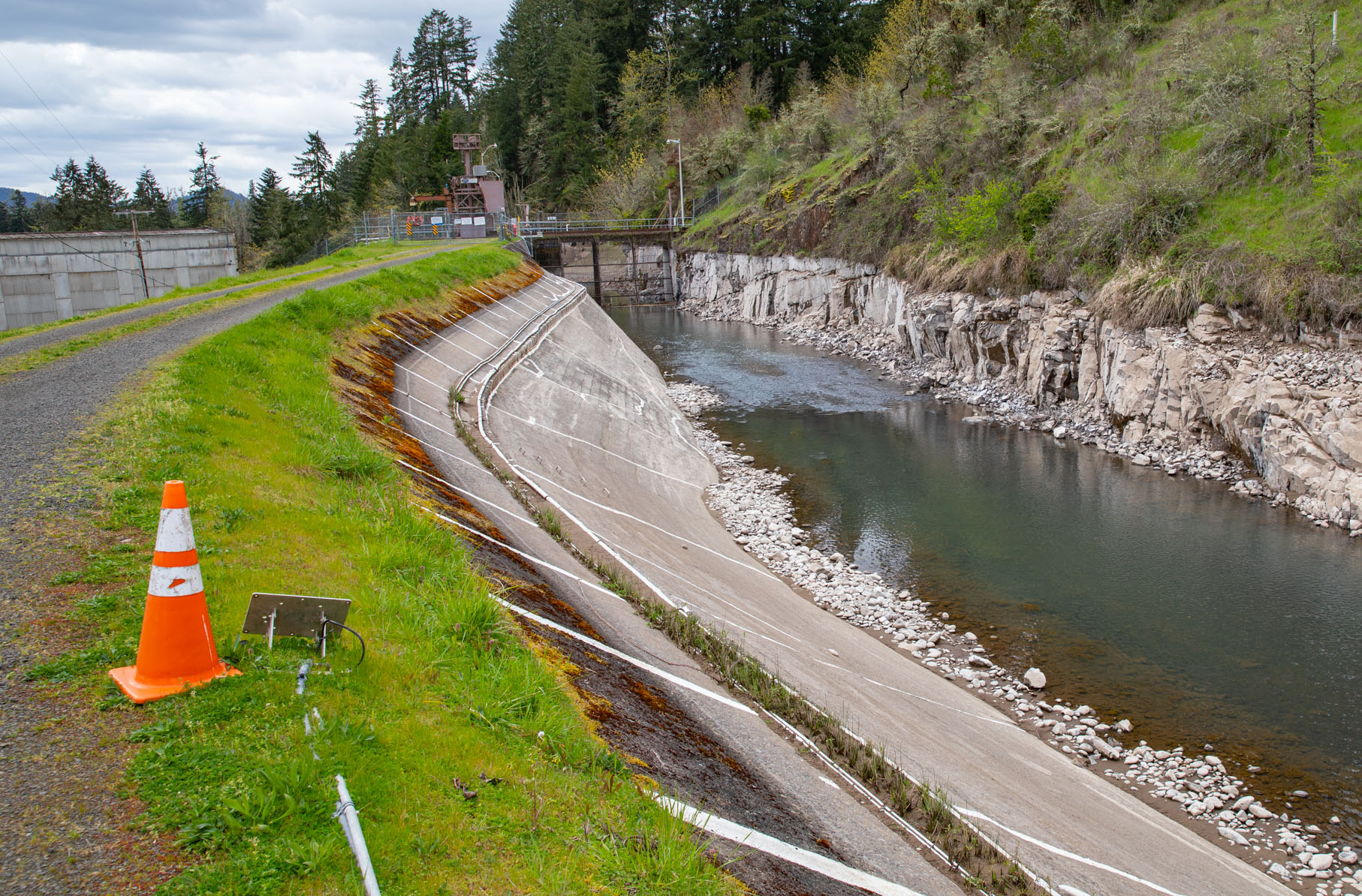Related News
Related News
-
Energy shortfall of 9 gigawatts projected for the Northwest
By 2030, a dry year combined with soaring energy demand during extended cold snaps could lead to rolling blackouts, a new study warns.
Find Out More -
Sustainability Snapshot - Celebrating Energy Efficiency Projects in the Community
Sustainability Snapshops highlight impactful projects completed by EWEB's Customer Solutions department, as a way to celebrate the meaningful work happening behind the scenes.
Find Out More -
McKenzie Valley electric service territory realignment study reaches key milestone
EWEB Commissioners approved a resolution authorizing the General Manager to negotiate and execute agreements with Lane Electric Cooperative regarding a potential realignment of electric service territory in the McKenzie Valley at the Board’s December meeting.
Find Out More -
EWEB secures $2.5 billion of reliable, affordable, carbon-free energy for customers
The new contract with EWEB’s largest energy supplier, the Bonneville Power Administration, forms the foundation of a diverse energy portfolio.
Find Out More -
Women in STEM: Meet the Hydro Project Engineer Building Habitat for Salmon
EWEB Engineer Associate Val Chang found her way to the McKenzie River from Los Angeles, inspired by heritage trips to the waters of Taiwan and key mentors along the way.
Find Out More -
Public Power Week Poster Contest Winners 2025
The results are in! View the winning posters from EWEB's 2025 Public Power Week Poster Contest.
Find Out More -
EWEB Hometown Heroes compete internationally
Out of 290 teams from 14 different countries, EWEB's Lineman Rodeo team places in the top third of competitors.
Find Out More -
EWEB's Halloween Truck-or-Treat is a huge success
Community members are accustomed to spotting EWEB trucks around Eugene streets and neighborhoods. But last week, those familiar vehicles looked a little different. At EWEB's second annual Truck-or-Treat Customer and Crew Appreciation Event, our fleet transformed into a festive Halloween spectacle.
Find Out More -
Let's Talk Turkey. Is your family ready for winter?
We're heading into the holidays, but that also means snow, ice, and not-so-nice weather might be in the forecast. Here are some tips to prepare in advance.
Find Out More -
Vote for your favorite Public Power Week Posters
The top five submittals will receive awards. Help us pick the winners.
Find Out More -
EWEB Hosts Annual Spill Drill to Protect McKenzie River
EWEB led emergency responders in its annual “spill drill” on the McKenzie River on Wednesday, Oct. 15, at the Trail Bridge Campground.
Find Out More -
Electric Projects underway in North & South Eugene
Underground lines and disaster-resilient power poles are part of EWEB’s infrastructure upgrade near Eugene’s largest natural resource area.
Find Out More -
EWEB general manager to retire in 2026
EWEB launches nationwide search for next leader to continue the progress of the last decade and ensure a smooth transition.
Find Out More -
The Bonneville Power Administration Rate Change and Your EWEB Bill
BPA’s finalized rate increase is smaller than projected, and EWEB’s pass-through adjustment effective October 1, 2025 will now be 2.7% for residential customers—down from the anticipated 4%.
Find Out More -
Quartz Creek: Setting the Stage for Floodplain Restoration
The project resets the floodplain along 1.8 miles of a formerly channelized creek to improve water quality, fish habitat and natural disaster resiliency.
Find Out More - Show More
Walterville Hydroelectric Project to remain offline through 2025
April 30, 2025 • Adam Spencer, Communications Specialist

The Eugene Water & Electric Board (EWEB) will not be able to repair a leak at the forebay of the Walterville Canal this year. Additional analyses into seismic and flood hazards will be required before EWEB can obtain regulatory approvals for the work. As a result, the project will need to remain offline until at least the fall of 2026.
The Walterville Canal will remain dewatered through the 2025 irrigation season.
“We are disappointed to report that the canal will be empty again this summer. We know that this announcement is hard for our neighbors to hear – especially those who irrigate from the canal. But we cannot return the canal to service until we gain a better understanding of the risks that earthquakes and floods pose to the project,” Generation Manager Lisa Krentz said.
EWEB dewatered the Walterville Canal on February 27, 2024 following an unexpected increase of water seeping through the canal forebay embankment near the Walterville Powerhouse.
Unlike the seepage concerns along portions of the Leaburg Canal that prompted EWEB’s investigation and eventual decision to decommission the Leaburg Hydroelectric Project, the seepage at the Walterville Canal is localized to the forebay. The forebay is the structure at the lower end of the canal that directs water to either drop into the powerhouse to spin a turbine to generate electricity or releases the water through a spillway into the tailrace.
EWEB intends to bring the project back online and is contracting with a company to develop a repair plan for the forebay leak. Pending regulatory approval, EWEB would authorize the firm, Carpi, Inc., to manufacture and install their synthetic liner system to seal the forebay and prevent further seepage.
However, preliminary results from a study into the forebay’s vulnerability to earthquakes indicate that a portion of the forebay could be seismically unstable during a large earthquake. Another study found that extreme flooding of the creeks that feed into the canal could result in overtopping.
As a result, EWEB will need to compile additional information for the Federal Energy Regulatory Commission (FERC) to approve repair plans – delaying the targeted 2025 return-to-service and pushing the date into late 2026.
If approved by EWEB’s regulator, the current repair plan would cost approximately $3 million and the project could recuperate such an expense in two to five years of generation, depending on water availability and energy prices.
“At this point, with the information we have, we will continue working to get the project safely up and running at the earliest opportunity,” Krentz said. “We will continue to communicate our findings regarding the project’s seismic vulnerabilities once we know more.”

